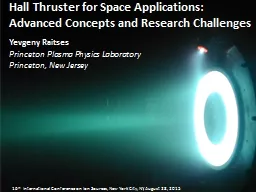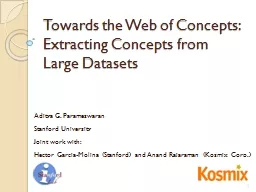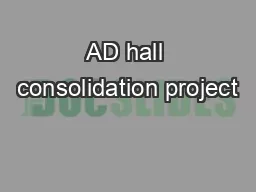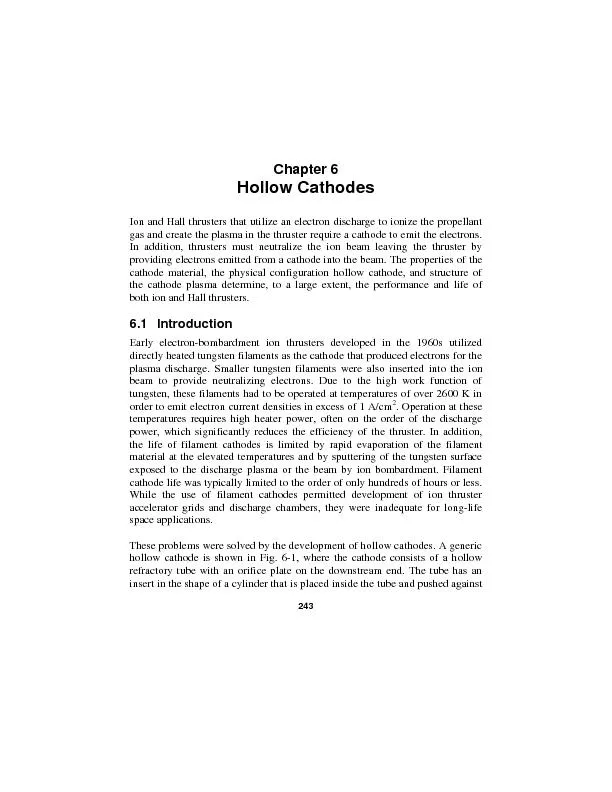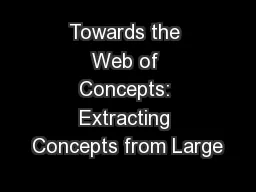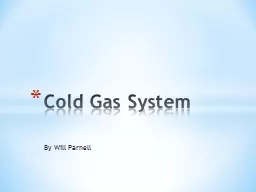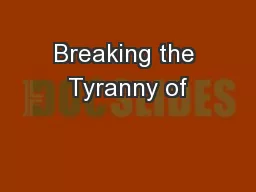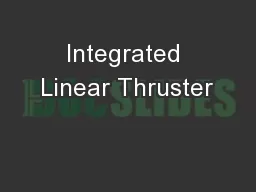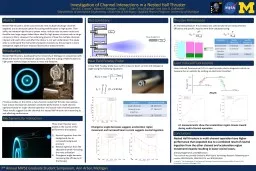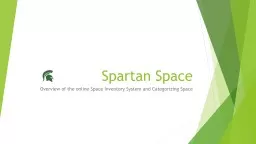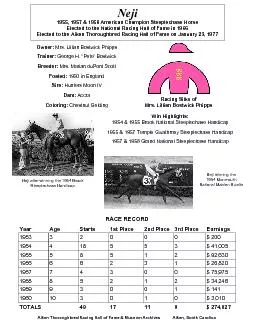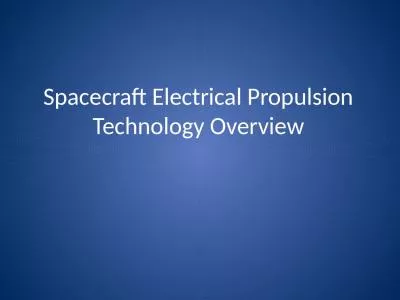PPT-Hall Thruster for Space Applications: Advanced Concepts and
Author : ellena-manuel | Published Date : 2016-07-28
Yevgeny Raitses Princeton Plasma Physics Laboratory Princeton New Jersey 16 th International Conference on Ion Sources New York City NY August 28 2015 Outline Hall
Presentation Embed Code
Download Presentation
Download Presentation The PPT/PDF document "Hall Thruster for Space Applications: Ad..." is the property of its rightful owner. Permission is granted to download and print the materials on this website for personal, non-commercial use only, and to display it on your personal computer provided you do not modify the materials and that you retain all copyright notices contained in the materials. By downloading content from our website, you accept the terms of this agreement.
Hall Thruster for Space Applications: Advanced Concepts and: Transcript
Download Rules Of Document
"Hall Thruster for Space Applications: Advanced Concepts and"The content belongs to its owner. You may download and print it for personal use, without modification, and keep all copyright notices. By downloading, you agree to these terms.
Related Documents

